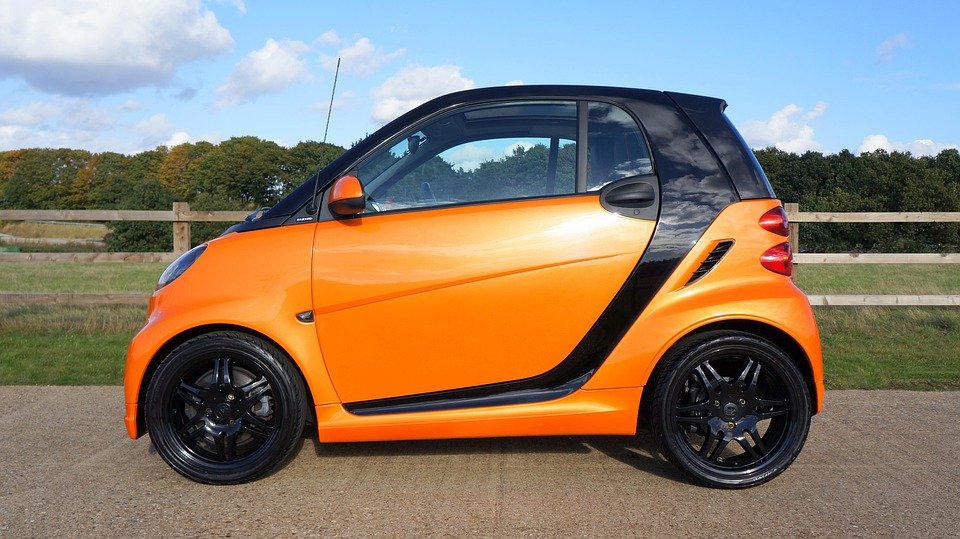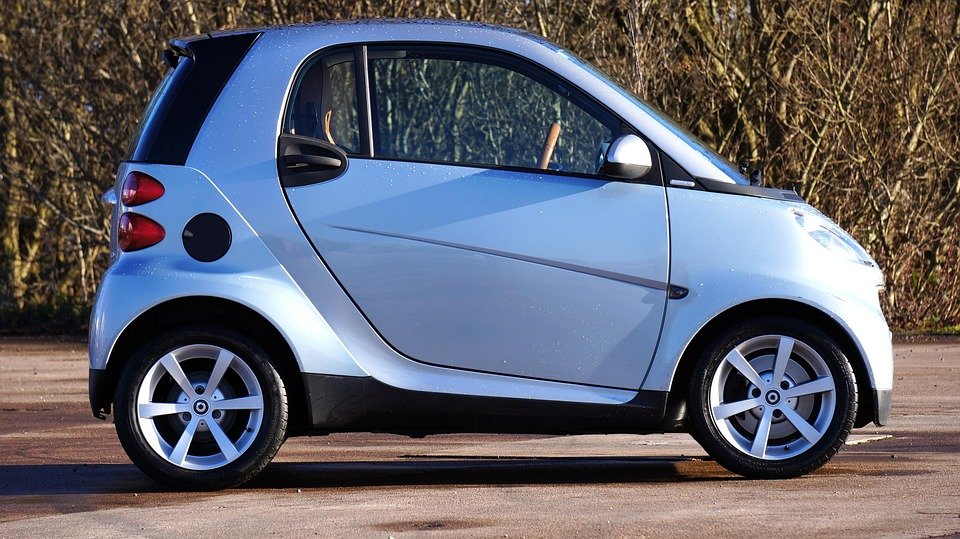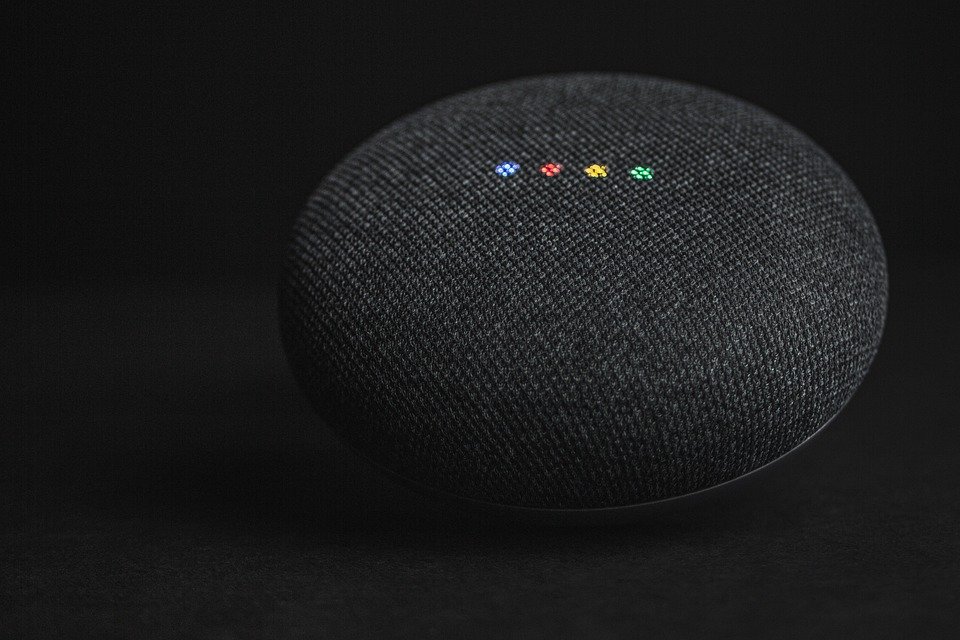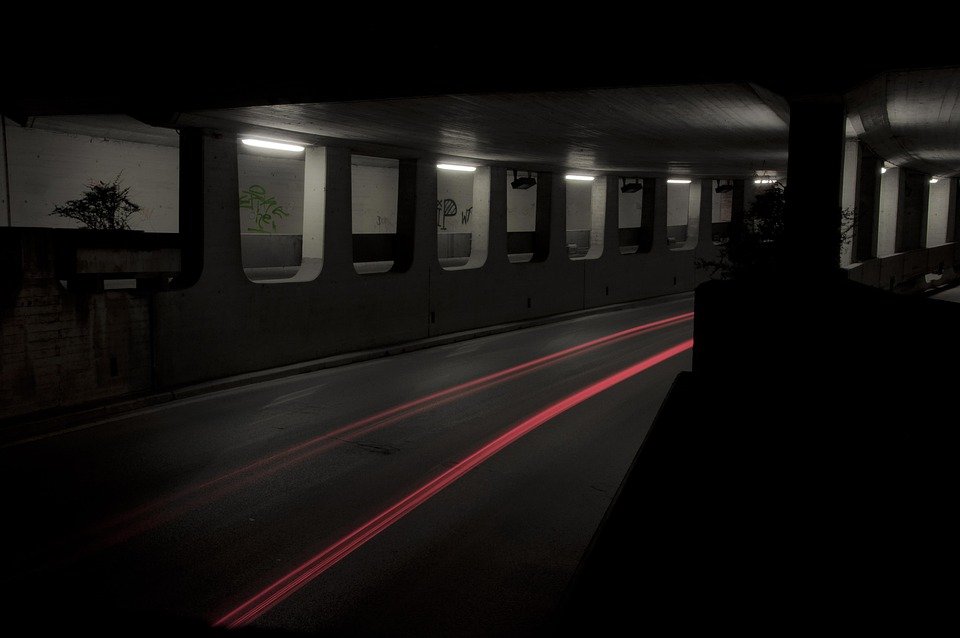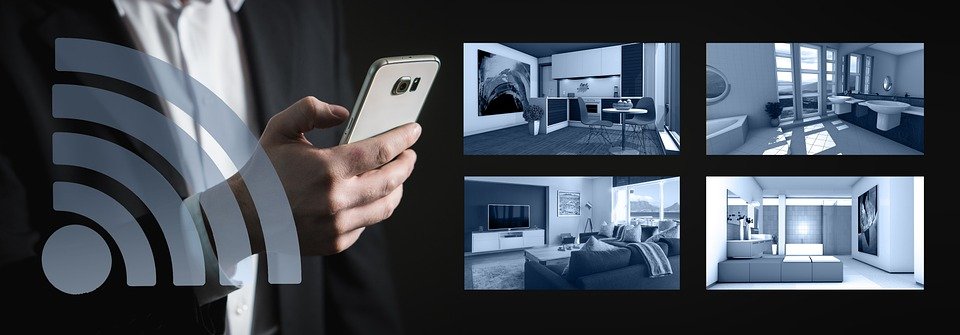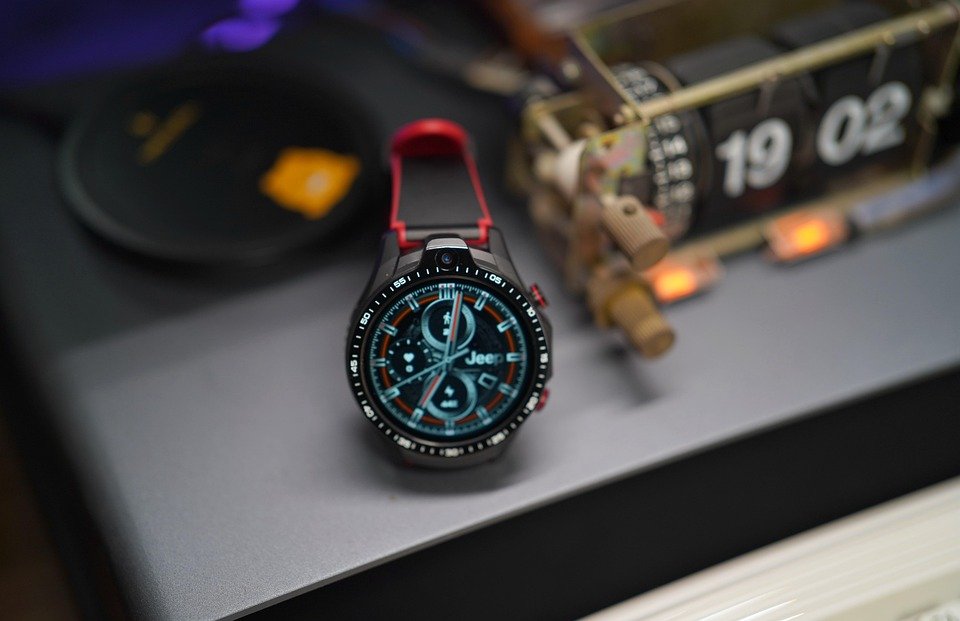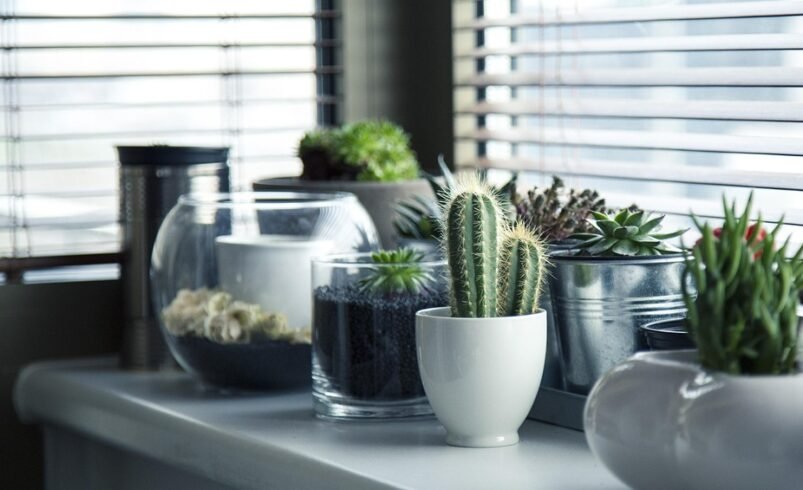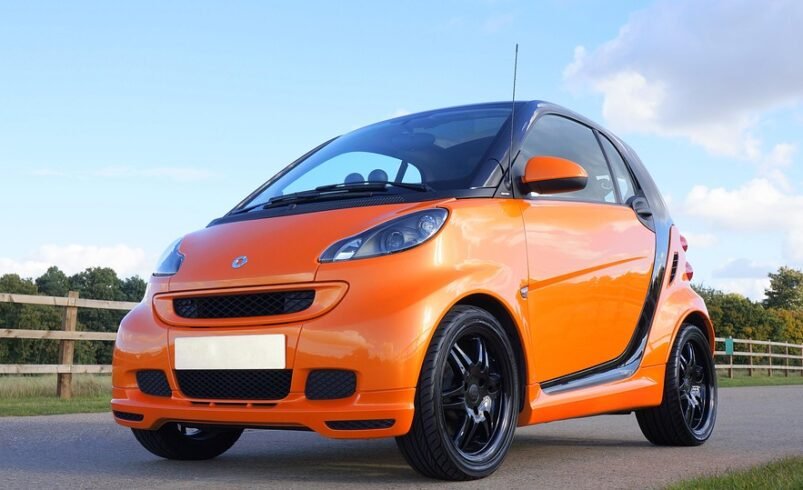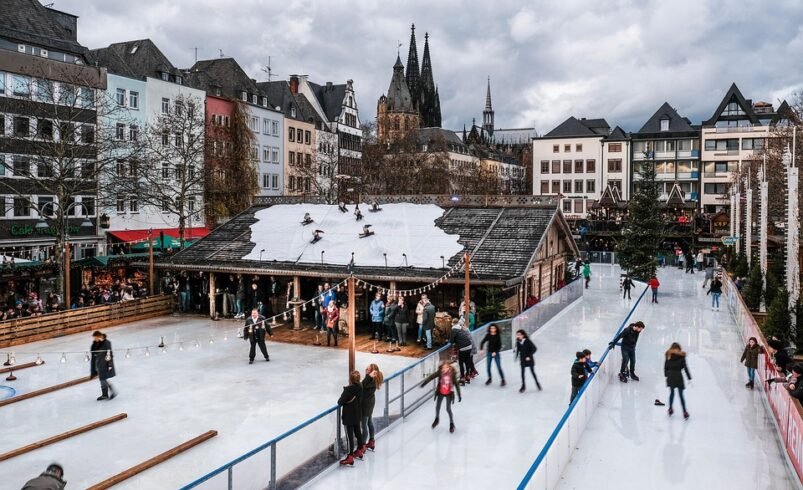Multi-Functional Lighting Solutions for Dynamic Spaces
In today’s rapidly evolving architectural and interior design landscape, flexibility is key. As workspaces, homes, and public areas become more dynamic, lighting must adapt to multiple functions without compromising aesthetics or efficiency. Multi-functional lighting solutions address these challenges by integrating smart technology, modular designs, and energy-efficient systems that enhance usability in any environment.
The Need for Multi-Functional Lighting
Modern spaces serve multiple purposes—offices transform into event venues, living rooms double as home offices, and retail spaces shift from day-to-night atmospheres. Static lighting solutions no longer suffice. Dynamic lighting must:
- Enhance productivity with adjustable brightness and color temperatures.
- Improve well-being through circadian lighting that mimics natural sunlight.
- Save energy with motion sensors and automated controls.
- Support aesthetics with customizable fixtures that adapt to different moods.
Innovative Multi-Functional Lighting Solutions
1. Smart LED Systems with IoT Integration
Smart LEDs connected to IoT (Internet of Things) platforms allow users to control lighting via apps, voice commands, or motion detection. Features include:
- Automated scheduling to adjust lighting based on occupancy and time of day.
- Color temperature adjustments (e.g., cool white for focus, warm white for relaxation).
- Energy monitoring to optimize power usage.
2. Modular and Reconfigurable Fixtures
Some lighting systems feature modular components that can be rearranged to suit different layouts—ideal for co-working spaces and multi-use venues. Examples include:
- Track lighting with movable spotlights for flexible illumination.
- Magnetic panel lights that can be repositioned as needed.
- Clip-on or stackable LED units for personalized desk or shelf lighting.
3. Human-Centric Lighting (HCL)
HCL systems adjust light spectra to support natural circadian rhythms, improving mood and alertness. These are especially useful in:
- Healthcare facilities (promoting patient recovery).
- Workplaces (reducing fatigue).
- Homes (supporting sleep and relaxation).
4. Hybrid Task & Ambient Lighting
Combining task and ambient lighting in a single fixture allows seamless transitions between different activities. Examples:
- Adjustable desk lamps with built-in overhead lighting.
- Pendant lights with dimmable and directional features.
5. Solar-Powered and Self-Sustaining Lights
For outdoor or off-grid applications, solar-powered lighting systems with battery backups provide versatility while reducing energy dependence.
The Future of Multi-Functional Lighting
As AI and smart home ecosystems advance, lighting will become even more intuitive—predicting user preferences and adjusting autonomously. Integrating biophilic design (natural light emulation) and kinetic lighting (moving fixtures) will further enhance dynamic spaces.
Conclusion
Multi-functional lighting is transforming how we illuminate dynamic environments by merging technology, sustainability, and adaptability. Whether in offices, homes, or public spaces, these innovative solutions ensure lighting is no longer just functional—it’s an intelligent, responsive component of modern design.
For architects, designers, and homeowners, investing in adaptable lighting means creating spaces that are not only efficient but also elevate comfort and experience.
Would you like insights on specific lighting brands or installation tips for your space? Let me know!


